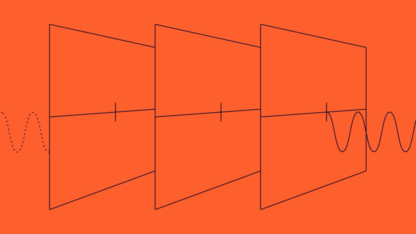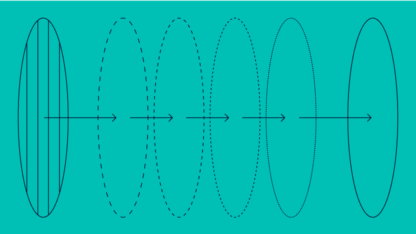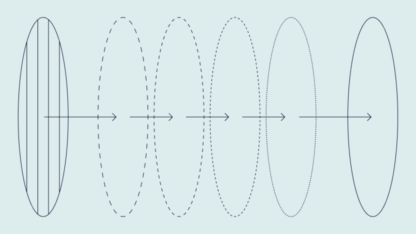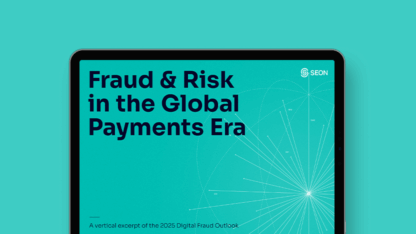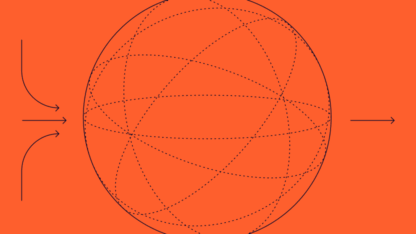What Is CNAM (Caller ID Name)?
CNAM is a technology that allows phone numbers to be linked to other alphanumeric data displayed on Caller ID systems. It can be used to help prevent fraud and to perpetuate it.
CNAM stands for Caller Name Delivery but is also regularly referred to as Caller ID Name and sometimes Caller Name Presentation (CNAP). CNAM determines the information displayed as the caller ID when phone calls are made or received.
CNAM names allow for the use of 15 alphanumeric characters. They are always uppercase and punctuation (beyond spaces) is not permitted.
How Does CNAM Work?
CNAM (Caller Name) helps display a caller’s name on incoming calls. Here’s a simple breakdown of how it works:
- Phone carriers that issue telephone numbers to businesses can feed in CNAM details that link to each number.
- Companies and end users can specify the CNAM details they want. However, they cannot change CNAM data themselves directly. Usually, this is handled as a support request that must be actioned by their phone carrier.
- Phone carriers share CNAM details with several CNAM database providers.
- When calls are made, the terminating carrier – namely, the carrier operating the line being called – must perform a CNAM lookup on the incoming number. Again, this uses the databases operated by the CNAM database providers. Terminating carriers are charged a nominal fee for each lookup, known as a CNAM dip.
- The carrier displays the CNAM information on the end user’s caller ID system when a call is coming in.
Why Is CNAM Important?
CNAM plays a crucial role in trust and security for both businesses and consumers, particularly in telecom fraud detection. Research shows that 75% of people ignore calls from unknown numbers, making it harder for businesses to connect with their customers.
By displaying a recognizable caller ID, CNAM helps consumers distinguish legitimate businesses from potential scams, giving them confidence in answering important calls. At the same time, businesses can empower their customers by clearly communicating what their CNAM value should look like on incoming calls, reducing the risk of fraud and missed opportunities.
Test our reverse phone number lookup tool and find out the identity of those calling your business.
Try Our Tool
What Is the Difference Between Caller ID and CNAM?
Caller ID and CNAM are linked technologies, but they’re not the same thing.
CNAM is a lookup facility that cross-references phone numbers with alphanumeric values – typically displaying the company name the number is associated with.
Caller ID is a global system which uses technology to display the phone number an incoming call is being made from. Caller ID can be used to display a CNAM value, but it’s a separate system.
How Does CNAM Fight Fraud?
In fraud prevention, CNAM serves as one of many data points that help assess whether a person or transaction may be fraudulent. It can be particularly useful in detecting synthetic identity fraud and other attempts to obscure a caller’s true identity.
CNAM contributes to fraud prevention in two key ways:
- It helps businesses assure customers they are speaking with a legitimate representative, reducing the risk of impersonation scams.
- It allows you to verify a caller’s identity through Caller ID displays or manual lookups.
However, CNAM alone isn’t foolproof. Fraudsters can manipulate CNAM data through spoofing, creating risks of their own. That’s why CNAM is most effective as part of a broader fraud prevention strategy working alongside other security measures to provide stronger protection against fraudulent activity.

